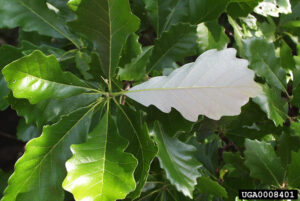 Recognizing that trees and vegetation are among the features that make communities special places for residents and visitors, American Transmission Co. will continue funding for planting projects in communities in its service area through its Community Planting and Pollinator Habitat programs.
Recognizing that trees and vegetation are among the features that make communities special places for residents and visitors, American Transmission Co. will continue funding for planting projects in communities in its service area through its Community Planting and Pollinator Habitat programs.
“While we can’t allow trees or tall‑growing vegetation in our rights‑of‑way, we do understand that they are an important part of the landscape,” said ATC Vegetation Management Manager Michelle Stokes. “These programs enable us to encourage and support communities to plant trees and vegetation that will beautify communities in a way that doesn’t compromise the safety and reliability of the electric transmission system.”
The Community Planting Program provides financial support to eligible cities, villages, towns, counties and tribes in ATC’s service area for planting projects on public property, outside transmission line rights-of-way. ATC has awarded more than 240 communities with funds totaling over $425,000 since 2013.
Continue reading “September 30th deadline approaching for ATC’s community planting grant”


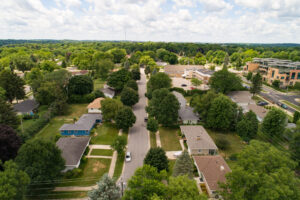 We want to give you a heads-up and urge you to fill out a survey that may be coming your way.
We want to give you a heads-up and urge you to fill out a survey that may be coming your way. 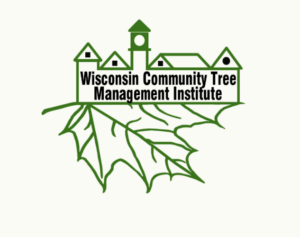 After much deliberation, WI DNR Urban Forestry has decided to postpone the Community Tree Management Institute (CTMI) for one year. The health and safety of others is paramount. Due to the pandemic, it’s just not feasible to come together in person for this training. Group interaction and networking are an integral part of the CTMI experience, so we will look forward to coming together in the fall of 2021 with the start of the next CTMI class (exact dates to be determined).
After much deliberation, WI DNR Urban Forestry has decided to postpone the Community Tree Management Institute (CTMI) for one year. The health and safety of others is paramount. Due to the pandemic, it’s just not feasible to come together in person for this training. Group interaction and networking are an integral part of the CTMI experience, so we will look forward to coming together in the fall of 2021 with the start of the next CTMI class (exact dates to be determined). 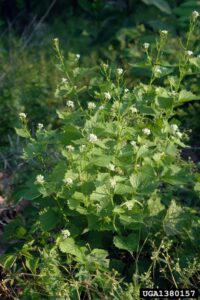
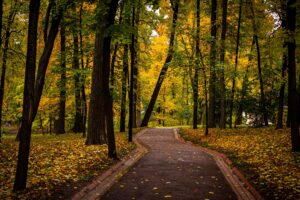 As the hilarious, award-winning
As the hilarious, award-winning 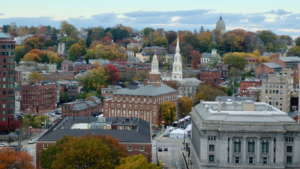 This year, as families all over the country spend more time at home, we have been given the opportunity to appreciate the fresh air that we can enjoy on our own back porches and front stoops more than ever. Trees are a significant factor contributing to the quality of the air we breathe.
This year, as families all over the country spend more time at home, we have been given the opportunity to appreciate the fresh air that we can enjoy on our own back porches and front stoops more than ever. Trees are a significant factor contributing to the quality of the air we breathe. 